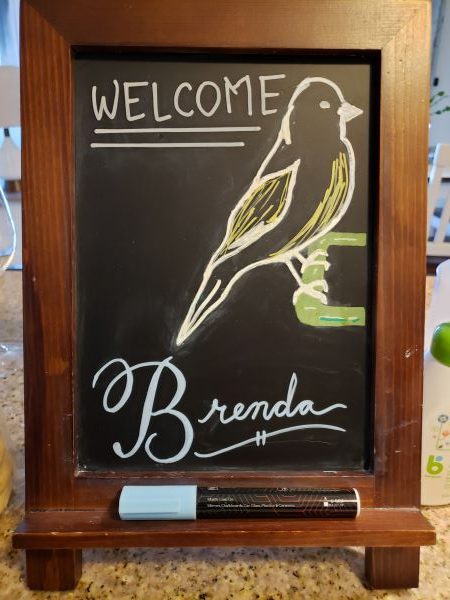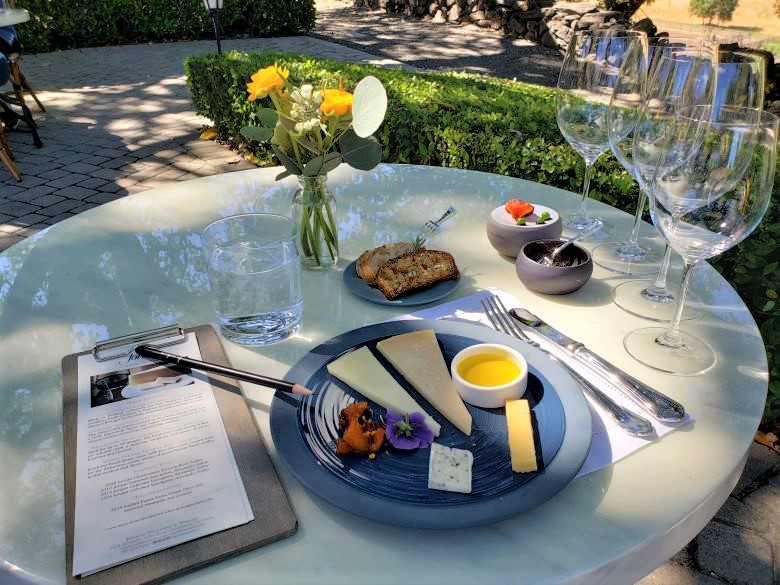Taking a caregiver respite is both healthy and necessary.
If you stubbornly keep caregiving past exhaustion, you will outrun any chance of finishing the caregiving marathon. Consider this, on a long road trip, you’ll stop to fill your car’s near-empty fuel tank (or plug it in). Why then do you choose to postpone caring for yourself when you’re unplugged or running on fumes? Taking time to refuel, ensures you have the energy and patience to be a compassionate caregiver. A caregiver respite will increase your energy, reduce your temper, and lead to more moments without regret and guilt.
Take a break… soon!

I recently flew up to NAPA and Sonoma Valleys to enjoy spectacular views of world-class vineyards. Beyond the beauty, I wanted to do a little wine tasting. While there are approximately 1,700 registered wineries according to the Alcoholic Beverage Control of California, about 500 have tasting rooms. I tasted wines at 1% of these, or five wineries.
I experienced a series of firsts.
While this was my second visit—the first was about 30 years ago—it my first visit alone. It was also the first time I stayed in an Airbnb.
Following the same advice to caregivers, I asked for help. My cousins, webmaster, and the Airbnb host, helped me put together a memorable, fun, and adventurous trip.
Venturing solo gave me the time and space to enjoy my own rhythm. I arrived with half of my trip planned and the rest, I left to serendipity.
For those who haven’t yet tried it, traveling alone has another advantage. People feel free to engage you. For instance, I have cultivated a somewhat sophisticated palate for the nuanced flavors and aromas of fine wines. While each of us has our own tastes, I prefer reds with complex character coaxed out of vineyards planted as far back as the 1800s when immigrants planted heirloom vines. When appropriate, I’ll describe in greater detail what I see, smell, taste, and feel in a wine. Wine masters (when present) relish a candid expression of their creations. If the time and location allow, they’ll invite me to private-cellar tastings of their rarer wines. These are the memorable experiences for which I am overwhelmingly grateful.

Of course, there are times when a caregiver respite is best taken with friends and family.
Depending on your friends and family, the craziness-quotient can rise exponentially, which leads to stories told and retold.
Besides, traveling with others reduces dependence on strangers. For example, due to arthritis, I use assistive aids at home to open bottles. At the airport, I bought a bottle of water. After showing the clerk my fingers, I asked if he would open the bottle and then seal it loosely. Humbling, yes? Yet, he was eager to help after informing me that my knobby and bent fingers reminded him of his grandmother’s. His GRANDmother? YIKES! Oh well. Age is a state of mind… and pain level! Fortunately, the checkout clerk at the grocery store in Santa Rosa was more accommodating. “Ooooooh, that’s gotta be really painful,” she said while opening my four water bottles.
Whatever your pleasure, whether a week, an extended weekend, an afternoon, or even five minutes, take a respite. You’ll need it to survive caregiving. You’ll be glad you did.
Share your own adventure and inspire us to explore other ways to take a break from caregiving.
For more, click to view a short video: The Five-Minute Respite for Caregivers








